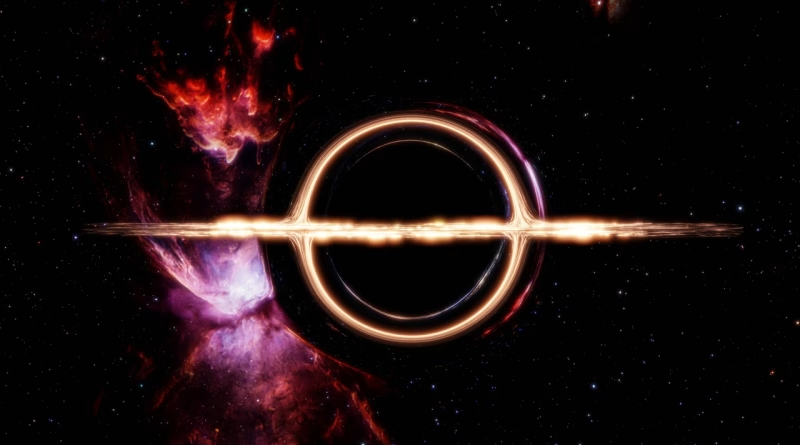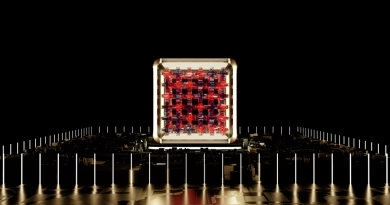What We’ve Learned About Black Holes in 2025
Black holes—those mysterious, invisible engines of gravity—have long been the rockstars of theoretical physics. But in 2025, they’re no longer just equations and simulations. Thanks to new telescopes, better algorithms, and global collaboration, we’re now watching black holes behave in real time.
Here’s what we’ve learned about these cosmic monsters so far this year—and why it matters.
🌌 1. Black Holes Grow Faster Than We Thought
In 2025, observations from the James Webb Space Telescope (JWST) confirmed that supermassive black holes existed just 400 million years after the Big Bang—even earlier than previously believed.
This suggests either:
- Black holes form from massive “seed” stars, or
- They grow via rapid, chaotic accretion that our models previously underestimated.
Either way, it’s rewriting theories of galaxy formation and early universe structure.
🌠 2. We Watched a Black Hole Feed—Live
In April 2025, the Chandra X-ray Observatory and the Very Large Telescope captured a Tidal Disruption Event (TDE)—when a star got too close and was torn apart by a black hole’s gravity.
We saw:
- Bright X-ray bursts
- Spaghettification of stellar material
- Accretion disk formation in real time
Why it matters:
This is the closest observation of a stellar death spiral ever recorded—and it matched predictive models with stunning precision.
💥 3. Black Hole Jets Are More Complex Than Expected
New data from the Event Horizon Telescope (EHT) revealed better resolution images of the black hole in M87—the same one we saw back in 2019.
In 2025, they’ve mapped the polarized light emitted from the region, helping astronomers better understand how jets of matter are launched from spinning black holes.
Surprising findings:
- The jets are more twisted and structured than expected
- Magnetic fields play a crucial role in focusing and ejecting the matter
🎯 4. Intermediate Black Holes Confirmed
Until recently, astronomers had evidence only of:
- Stellar-mass black holes (a few to tens of solar masses)
- Supermassive black holes (millions to billions of solar masses)
In 2025, the Laser Interferometer Space Antenna (LISA) prototype tests and new gravitational wave detections from LIGO provided confirmation of intermediate-mass black holes (~1,000–10,000 solar masses).
These may be the building blocks of supermassive black holes.
🌍 5. Earth’s Own Black Hole Is… Quietly Mysterious
The Sagittarius A* black hole at the center of our galaxy remains relatively calm—but in 2025, multiple observatories detected sporadic infrared flares from its surroundings.
Hypothesis: These may be from orbiting clumps of gas or star debris occasionally heating up and falling in.
And while we’re not in danger, it gives astronomers a nearby black hole lab to study subtle gravitational effects.
🔭 What Tools Made This Possible?
- JWST: Deep space, early black hole formation imaging
- EHT: Event horizon imaging and jet mapping
- Chandra & XMM-Newton: X-ray monitoring of feeding black holes
- LIGO-Virgo-KAGRA: Gravitational wave detection from black hole collisions
- Machine Learning Algorithms: Classify flare patterns and reconstruct jet behavior
🧠 Final Thought: Watching Gravity Work in Real Time
Black holes used to be the stuff of sci-fi and theory. In 2025, they’re measurable, observable, and surprisingly dynamic. We’re watching them grow, spin, spit out matter, and warp time—and using that data to fine-tune our understanding of space itself.
As telescopes sharpen and AI accelerates discovery, we’re not just seeing the universe’s darkest corners. We’re illuminating them.



